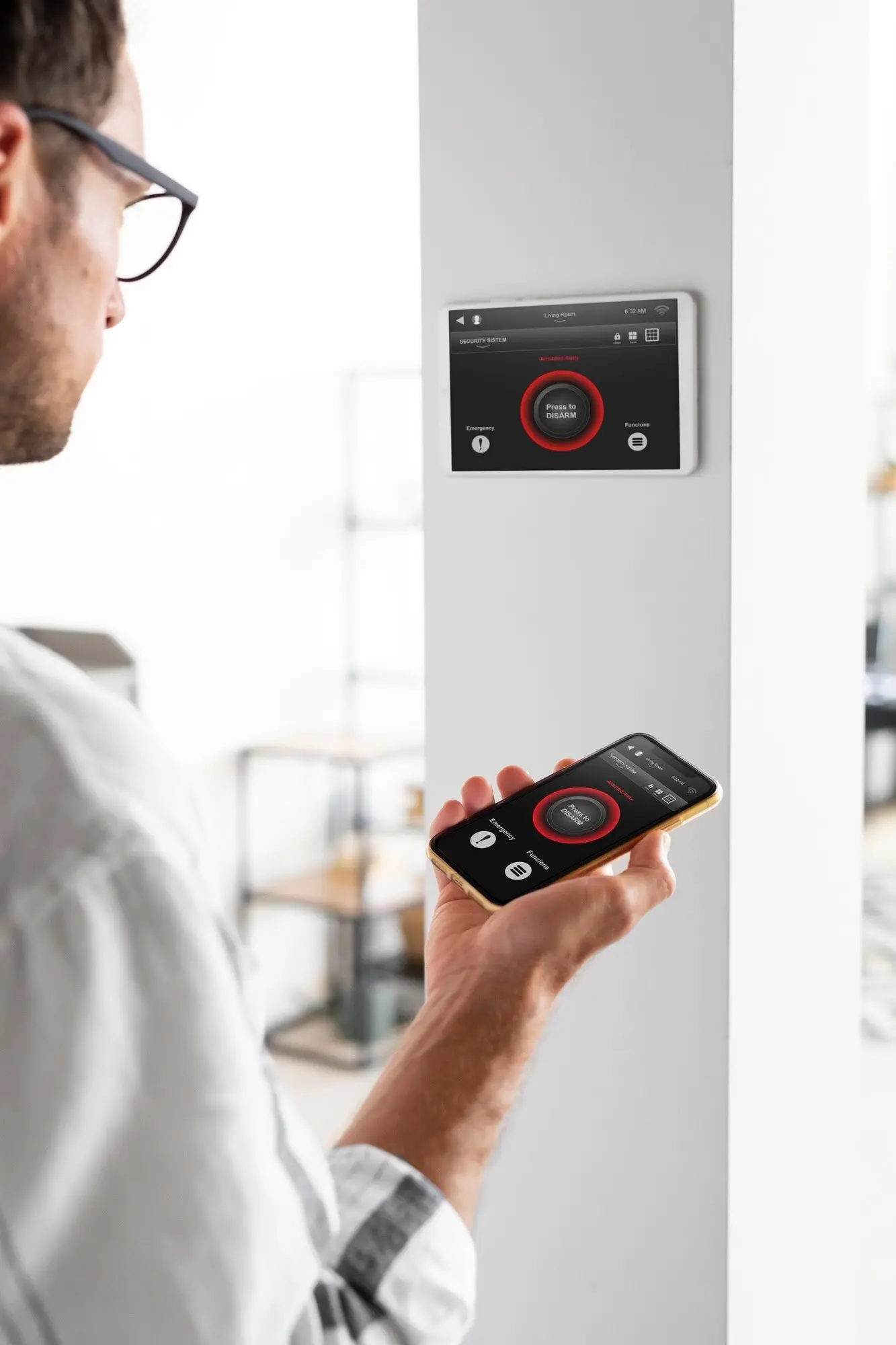Upgrade the House You Have: Smart, Safe, and Future‑Ready
Map the Electrical Reality
Survey Walls, Materials, and Obstacles
Interview the Household


Power and Wiring Strategies That Respect Old Bones
Connectivity and Interoperability That Last

Security, Privacy, and Trust by Design

Comfort and Efficiency Upgrades That Pay Back
Thermostats and Zonal Control
Pair smart thermostats with room sensors to prioritize occupied spaces, especially in radiators or multi‑story layouts. Use schedules that mirror real habits and setback strategies validated by local climate. Add smart TRVs or dampers carefully. Protect equipment with minimum cycle times and lockouts. Review monthly reports to tune comfort, tame drafts, and show measurable savings everyone can appreciate.
Lighting That Feels Natural
Combine high‑CRI bulbs, dimmers compatible with legacy wiring, and circadian schedules that shift warmth from morning to night. Solve missing neutral issues with smart switches designed for two‑wire circuits. Layer motion, contact, and ambient sensors to avoid harsh, wasteful lighting. Provide manual control everywhere, ensuring guests can always find a switch, even when automations decide to nap unexpectedly.
Water and Energy Monitoring
Install whole‑home monitors or clamp‑on sensors to visualize consumption, then add leak detectors at sinks, toilets, and appliances with an auto‑shutoff valve. Alerts should escalate calmly, moving from push notifications to audible warnings and phone trees. Share dashboards that celebrate improvements, uncover vampire loads, and inform purchasing decisions, turning data into teamwork rather than surveillance or blame.
Pilot, Measure, Iterate
Teach the Tech to the People
Maintenance Routines and Update Windows
All Rights Reserved.